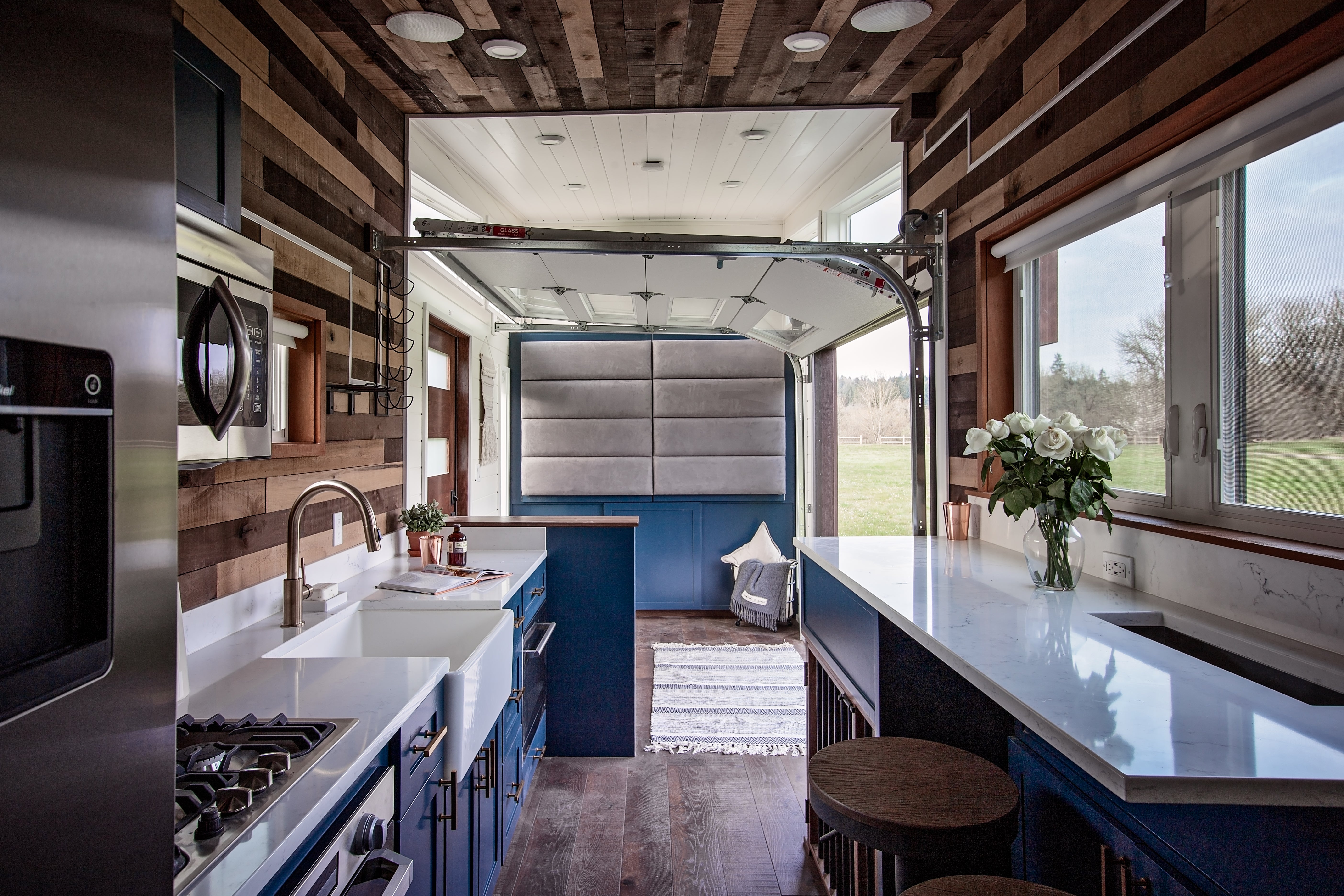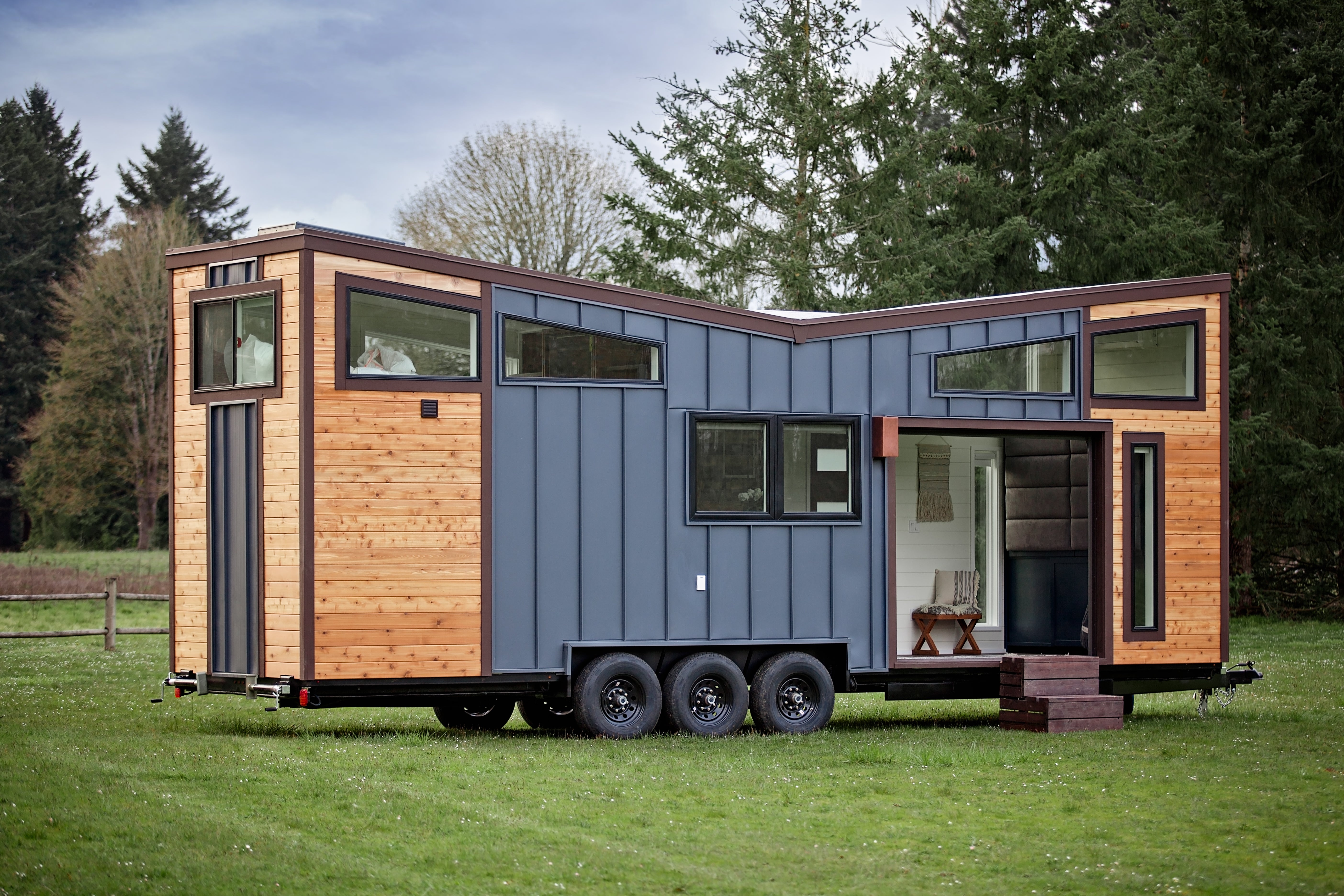Start with a 24–48 hour noise survey to rank loud zones and spend ~60% of budget on dominant paths. Seal door and window gaps with acoustic caulk, weatherstripping, and sweeps. Add NRC ≥ 0.7 rugs, curtains, and upholstered pieces; reposition furniture to break direct paths.
For walls/ceilings, use resilient channels plus damped drywall; seal all joints. Quiet fans with ECM motors, neoprene pads, and lined ducts. Expect ~8–10 dB cuts in small builds—there’s more you can do next.
Key Takeaways
-
Survey noise for 24–48 hours with a phone SPL app; prioritize fixes by dB level, exposure time, and easiest treatment.
-
Add high-NRC soft furnishings: dense rugs, upholstered seating, heavyweight curtains, and fabric wall art to absorb echo cheaply.
-
Seal air gaps first: weatherstrip doors, add door sweeps, foam-tape windows, and use acoustic caulk around frames and penetrations.
-
Decouple thin walls/ceilings with resilient channels or isolation clips; add second drywall layer with damping compound for cost-effective STC gains.
-
Quiet appliances and ducts: choose low-noise models, add neoprene pads, line ducts, and seal joints to cut mechanical and airflow noise.
Identify Your Noisiest Spots and Set a Budget
Where exactly does noise penetrate or originate in your tiny house, and what can you realistically spend to fix it? Start by logging noise sources with a 24–48 hour survey: note time, duration, frequency type (low, mid, high), and pathway (airborne vs. structure-borne). Use a smartphone SPL app; record peak and average dB at windows, doors, roof, wall seams, wheel wells, and mechanicals (HVAC, fridge, water pump). Tap-test panels for resonance and check gaps with an incense smoke or flashlight test.
Rank zones by impact: dB level, exposure time, and feasibility of treatment. Then set a budget allocation: 60% to dominant paths, 25% to secondary leaks, 15% contingency. Price materials per square foot and STC/Rw gain, include fasteners and sealants, and phase upgrades to verify measured improvement.

Quick Wins: Soft Furnishings and Layout Tweaks
Two fast, low-cost changes cut perceived loudness immediately: add absorptive mass and interrupt sound paths with layout. Prioritize soft furnishings with high Noise Reduction Coefficient (NRC ≥ 0.7): dense rugs over hard floors, upholstered seating, heavyweight curtains, and overstuffed cushions. More porous surface area means more mid/high-frequency absorption, reducing reverberation and speech intelligibility.
Make layout adjustments to break direct sound paths. Place tall bookcases, wardrobes, or fabric-covered panels between noise sources and your seating or sleeping zone to create shadow zones. Angle the sofa and bed away from reflective parallel walls; splay at 5–10 degrees to limit flutter echo. Use filled ottomans or storage benches as movable absorbers. Cover large bare walls with fabric art or cork-backed tapestries to increase broadband absorption without structural changes.
Seal the Gaps: Doors, Windows, and Vents
Soft finishes tame reflections inside, but the biggest leaks often sit at door slabs, window perimeters, and mechanical penetrations. You’ll cut noise fast by sealing air paths. For drafting doorways, add perimeter weatherstripping and an adjustable door sweep; target a continuous seal with ≤1 mm gaps. If the latch side leaks, use a strike-plate shim to increase compression. Replace hollow thresholds with solid, and caulk casing-to-wall joints with acoustic sealant, not latex.
For insulating windows, install high-density foam tape on stops, then add interior compression-fit acrylic panels or magnetic secondary glazing; expect 5–10 dB reductions. Backer rod plus acoustic caulk closes frame-to-sheathing gaps. At vents, fit lined backdraft dampers and mastic-seal duct joints. Maintain required ventilation with trickle vents plus removable baffles.
Walls and Ceilings: Lightweight Layers That Work
Even without adding mass, you can measurably cut transmission through tiny-house shells by decoupling, damping, and sealing the lightweight layers you already have. Start with resilient channels or isolation clips on studs/rafters to break the vibration path; they typically add 6–10 STC points when installed correctly. Add constrained-layer damping: apply a viscoelastic compound between two thin drywall layers; expect 6–8 dB mid-band reduction. Seal perimeter gaps with acoustical caulk, not latex, and backer rod for joints over 1/4 inch.
For quick upgrades, mount acoustic panels at first-reflection points to reduce room reverberation and lessen perceived loudness. Use soundproof paint only as a finishing layer; data shows minor gains (1–2 dB), but it helps seal pinholes. Treat outlets with putty pads and use solid backing boxes.

Floors: Quiet Underfoot Without Losing Height
You’ve tightened up the shell with decoupling and damping; now stop noise underfoot without sacrificing headroom. Target impact sound first. Add a high-density, 2–3 mm rubber or cork underlayment (ΔIIC-rated) directly over the subfloor; it limits footfall energy without tall build-up. Seal perimeter gaps with acoustical sealant to maintain the mass-air-mass system.
Choose finish layers wisely. Thin, click-together laminate options over acoustic underlayment outperform bare vinyl on impact noise, but confirm the manufacturer allows resilient underlayment. If you prefer soft feel, low-pile carpet tiles on pressure-sensitive adhesive deliver measurable impact reduction and easy replacement, with minimal thickness.
Treat structure-borne paths. Screw-squeak by adding construction adhesive and re-fastening subfloor with screws. Bridge joist cavities with mineral wool to attenuate low-frequency drum effects.
Appliances and Systems: Quieting Fans, Pumps, and Ducts
Fans, pumps, and ducts become dominant noise sources in a tight tiny house, so control vibration at the source and interrupt transmission paths. Start with appliance selection: choose ECM bathroom and range fans (<1.0 sone), variable‑speed mini‑splits, and pressure‑regulated water pumps with soft‑start controllers. Isolate equipment using neoprene pads or spring mounts; add flexible connectors between pumps and piping to block structure‑borne sound. Optimize pump placement on a stiff, mass‑loaded panel away from bed areas.
Improve duct design: upsize diameters to cut air velocity (<700 fpm), use gradual elbows, and insert lined flex only for short decoupling runs. Add fan insulation with acoustic duct liner or wrap around housings, not intakes. Incorporate duct silencers or DIY MDF baffle boxes. Seal leaks; balance airflow to prevent whine.

Conclusion
You’ve mapped noise sources, prioritized spend, and applied quick, low-mass fixes with measurable gains. Keep iterating: verify with a smartphone SPL app before/after each step. Seal air leaks, add perimeter gaskets, and use sweep seals; upgrade window films judiciously.
Layer lightweight MLV, acoustic caulk, and decoupled panels where transmission dominates. Choose thin underlayments that won’t steal headroom. Finally, isolate appliances with rubber mounts and flexible connectors. Track outcomes and tackle the next loudest path until targets are met.






Share: